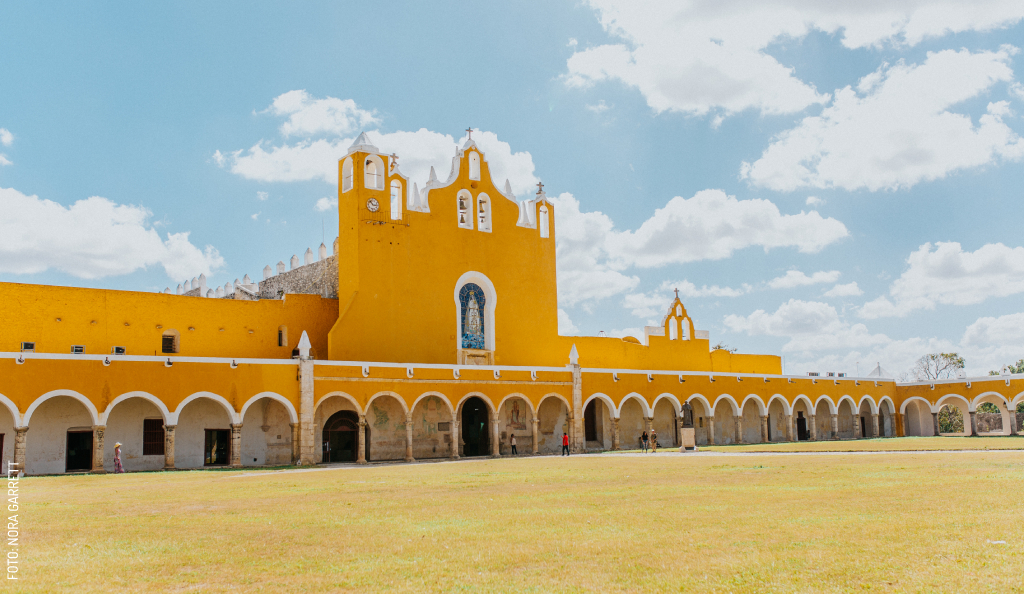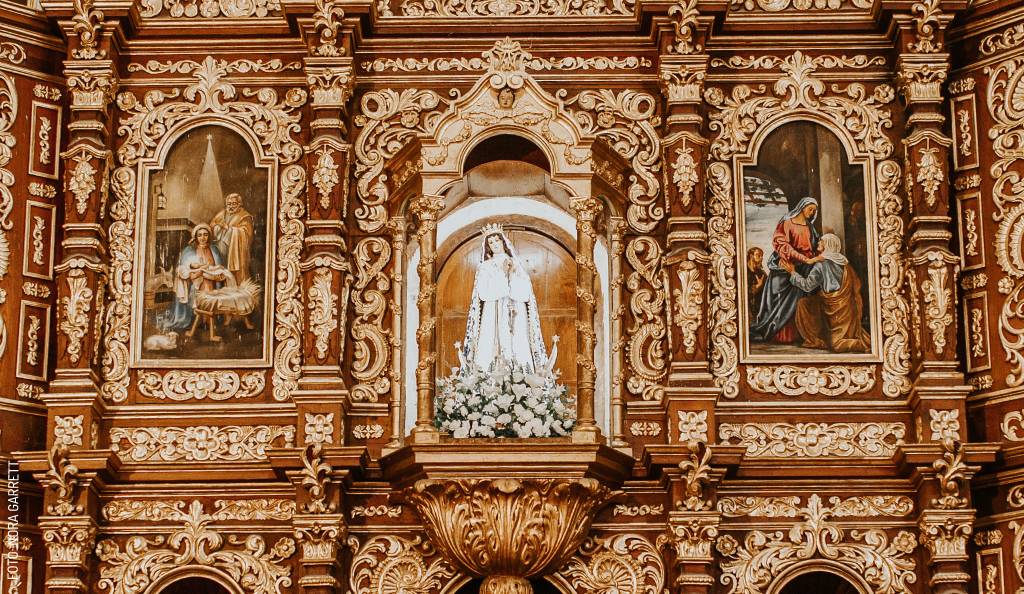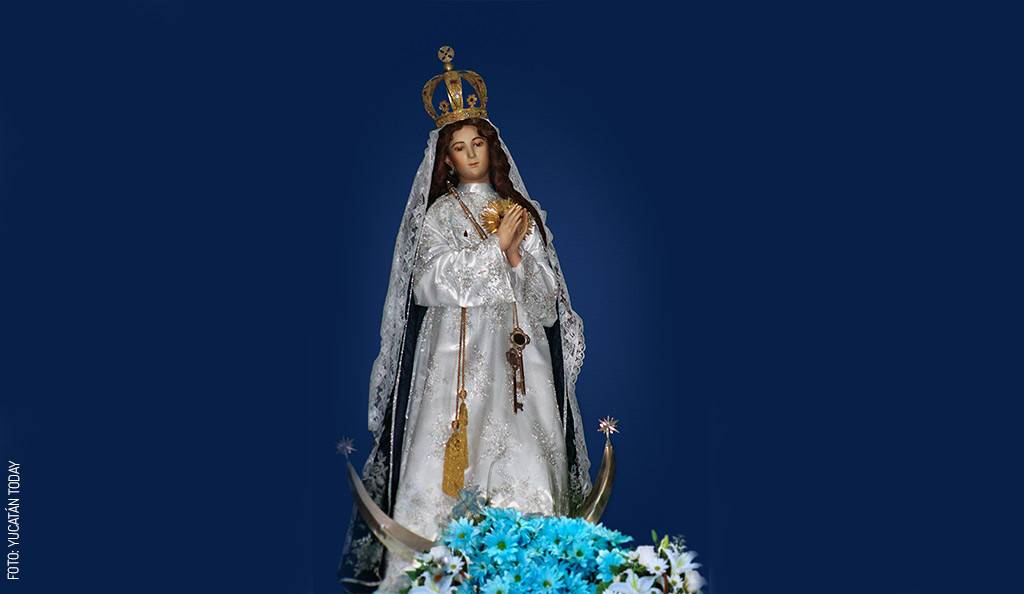
Our Lady of Izamal, the Virgin of the Immaculate Conception
Our Lady of Izamal, the Virgin of the Immaculate Conception.
Izamal was an important place to the Maya civilization. Then, in the 16th C, the Spanish conquerors built a Christian church on top of a large pyramid, as well as a Franciscan convent called San Antonio de Padua.
The House of Our Lady of Izamal
Completed in 1561, the closed atrium of the convent has 75 arches which form an impressive corridor that encircles the 7806 square meters esplanade. It is the second-largest in the world after St. Peter’s Square in Rome.
In 1558, Friar Diego de Landa, famously known for his burning of the Maya codices (for which he later repented), was sent to Guatemala to have two twin statues built of the Virgin, one for Izamal and the other for Mérida.
The Izamal Virgin became known for her many miracles, including becoming too heavy to transport when a move to Valladolid was attempted, but mainly for the trips, she made to Mérida, freeing it of various epidemics and plagues of locusts. Then, on April 16, 1829, a devastating fire destroyed the Izamal Virgin, prompting the people of Izamal to ask Mérida to donate their statue, the other twin of the original pair. This wish was granted, and she came to Izamal in a solemn procession of followers walking from Mérida to Izamal. She still resides in a small chapel (Camarín), behind the church.
Magical Celebrations of Our Lady of Izamal
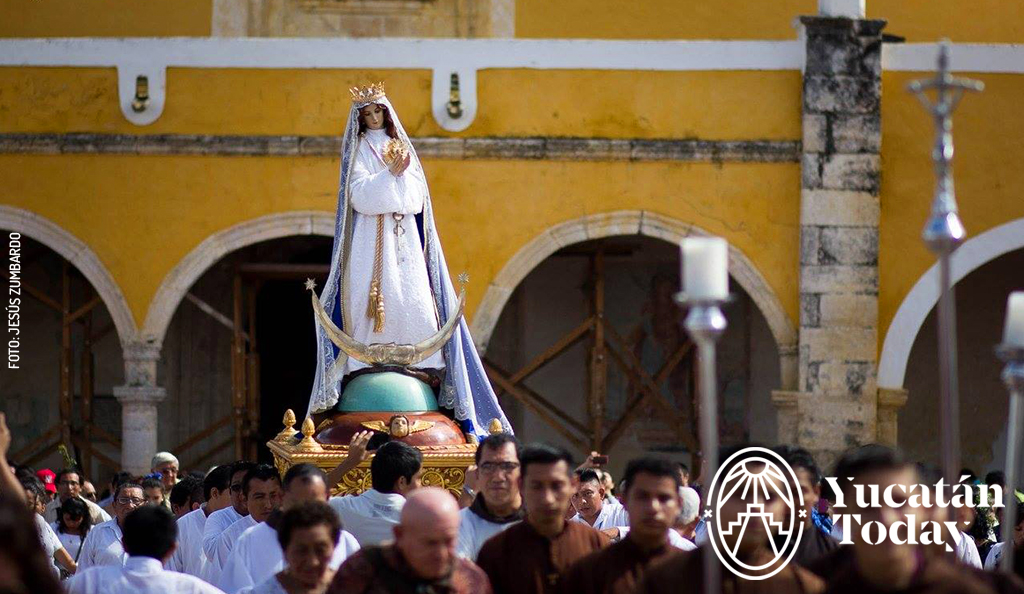
Izamal remains to this day a place of religious pilgrimage for the Catholic congregation, for the unassuming statue Our Lady of Izamal (the Immaculate Conception) has been proclaimed the patron of Yucatán, and she is celebrated each December 8 with a big fiesta, with many activities taking place for a week beforehand.
Every year on November 29, the celebrations begin when the Virgin is taken from her chapel, located in the top tier of the church, to the main altar. You can enjoy the processions and a serenade in honor of Mamá Linda on the night of December 7, this event takes place in the convent's atrium. The finishing touch? Singing "Las Mañanitas" for the Virgin at midnight. This has been considered one of the most important religious celebrations since the 17th century.
Also, on May 31, or the closest weekend to this date, Izamal welcomes the pilgrimage of the Archbishop of Yucatán, who fulfills his promise of coming every year to honor the patron of Yucatán; and August 22 is the annual celebration of the anniversary of the first papal crowning of the statue which took place in 1949.
Izamal invites you to enjoy every year the merrymaking, the mass offered in honor of the Virgin, and the famous procession of the revered statue through the main streets of the city.
Izamal, a City that has it all
 The city of Izamal, well know for being a Pueblo Magico, has become an important tourist center that attracts the visitor for its beauty, its plazas, its streets, its prehispanic archaeological sites, its beautiful convent, its artisan centers, its restaurants, and, of course, its gracious people, its spirit of peace, and its cleanliness.
The city of Izamal, well know for being a Pueblo Magico, has become an important tourist center that attracts the visitor for its beauty, its plazas, its streets, its prehispanic archaeological sites, its beautiful convent, its artisan centers, its restaurants, and, of course, its gracious people, its spirit of peace, and its cleanliness.
It has lodging for every budget and its strategic location makes it an ideal jumping-off point to visit towns, beaches, regional haciendas, cenotes, and the city of Mérida.
How to get there?
It’s easy to go by car. Take the Cuota road toward Cancún, and exit at km. 48 towards Izamal. The trip takes 45 minutes. There are also many bus routes available.
Autobuses del Centro (2nd class)
Calle 46 x 65 y 67, Centro.
(999) 923 99 62
$42 pesos departir every two hours from 5:30 am
Autobuses del Noreste y Autobuses Luz (2nd. class)
Calle 67 x 50, Centro
(999) 924 6355
$60 pesos at 7:30, 8:30 am and 4:45 pm
Autobuses Oriente
Calle 50 x 69 y 67
$33 pesos
You can take a van from Calle 50 x 69 and 67 for $33 pesos.
Download your maps:
Photography by Nora Garrett and Jesús Zambrano for its use in Yucatán Today.
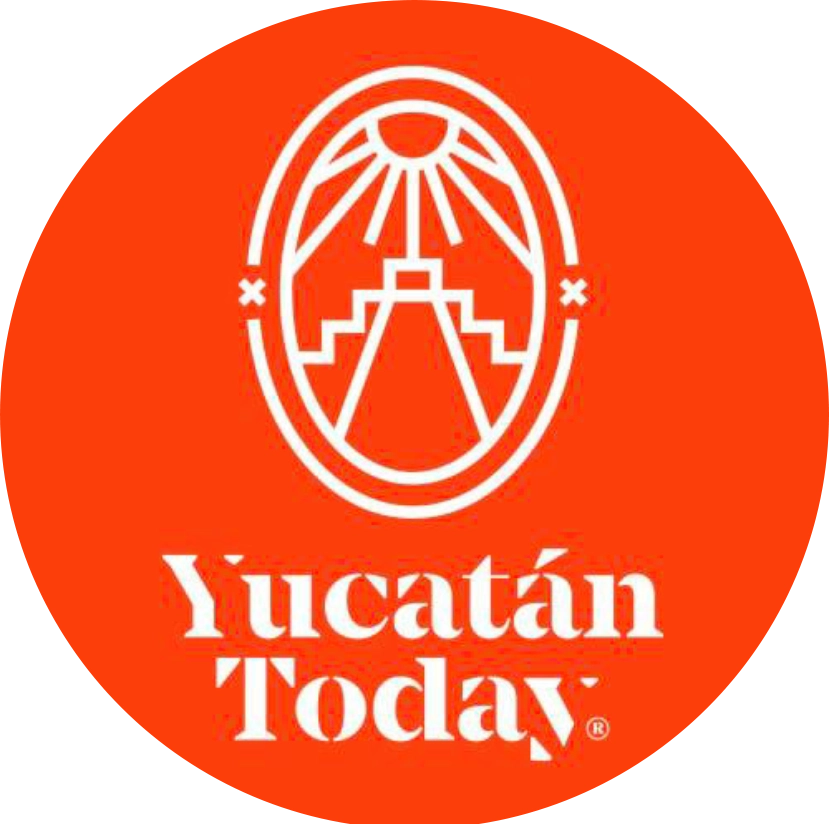
Author: Yucatán Today
Yucatán Today, the traveler's companion, has been covering Yucatán’s destinations, culture, gastronomy, and things to do for 37 years. Available in English and Spanish, it’s been featured in countless travel guides due to the quality of its content.
In love with Yucatán? Get the best of Yucatán Today delivered to your inbox.
Related articles
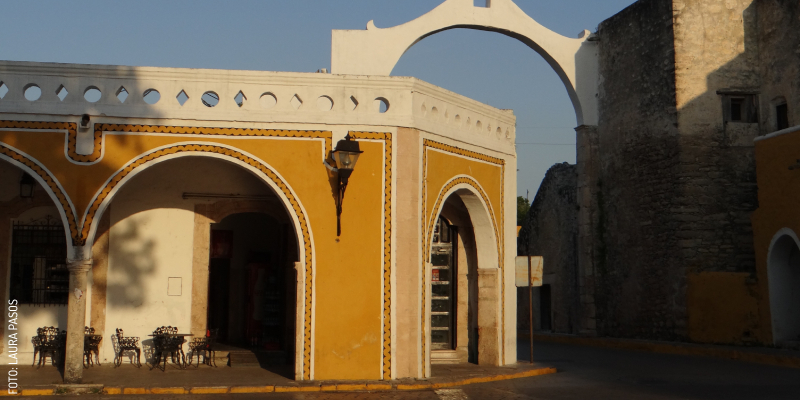
A stroll through the pyramids of Izamal
Discover the pyramids of the Magical Town Izamal! Beyond the City Center, you can find a variety of archaeological sites and vestiges.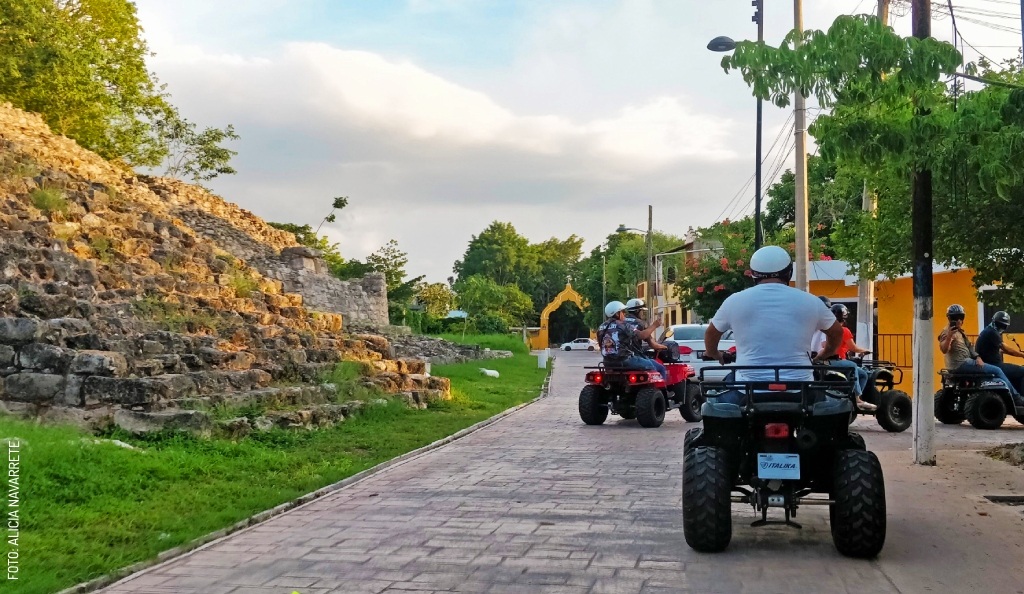
A Getaway to Izamal and its surroundings in two days
Make the most of your visit to Izamal: our one -and two-day itinerary takes you to unforgettable places and moments.